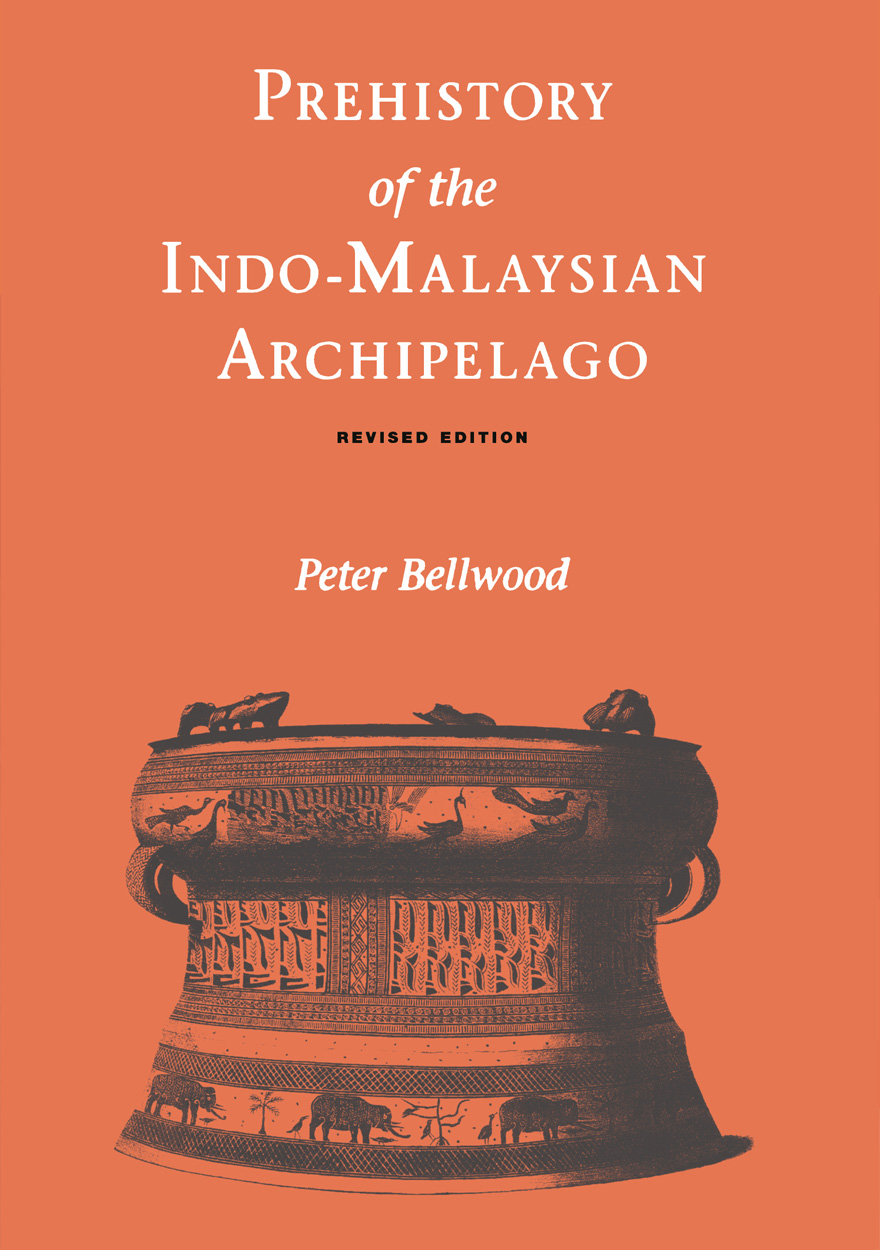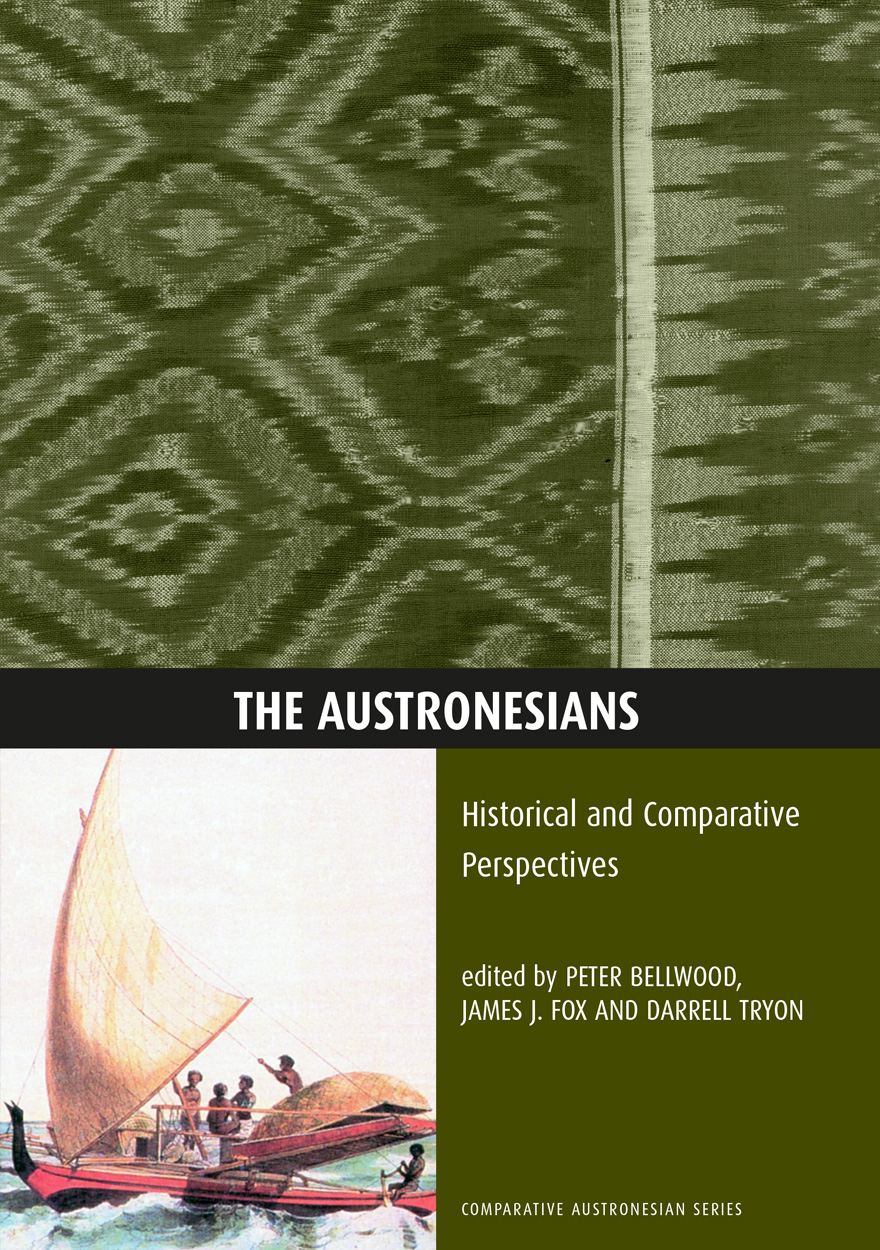Peter Bellwood
Peter Bellwood (PhD Cambridge 1980) is Emeritus Professor of Archaeology at The Australian National University in Canberra. His current research is focused on global patterns of human migration throughout human prehistory, but his many years of archaeological fieldwork have been concentrated in Southeast Asia and Oceania. His most recent books include First Islanders (Wiley Blackwell 2017); The Global Prehistory of Human Migration (ed., Wiley Blackwell 2015); First Migrants (Wiley Blackwell 2013); and 4000 Years of Migration and Cultural Exchange (co-edited with Eusebio Dizon, Terra Australis 40, 2013). Peter Bellwood was also the recipient of a festschrift volume, New Perspectives in Southeast Asian and Pacific Prehistory (Philip J. Piper, Hirofumi Matsumura and David Bulbeck [eds]), published as Terra Australis 45 (2017).

The Spice Islands in Prehistory »
Archaeology in the Northern Moluccas, Indonesia

4000 Years of Migration and Cultural Exchange »
The Archaeology of the Batanes Islands, Northern Philippines

Prehistory of the Indo-Malaysian Archipelago »
Revised Edition




